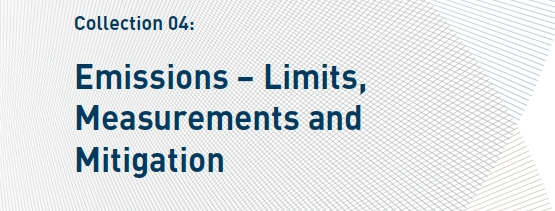5. A compact and easy-to-use mass spectrometer for online monitoring of amines in the flue gas of a post-combustion carbon capture plant (2018)
Liang Zhua, Tomáš Mikovinya, Anne Kolstad Morkenb, Wen Tana, Armin Wisthalera,⁎
aDepartment of Chemistry, University of Oslo, P.O. Box 1033, 0315, Oslo, Norway bTechnology Centre Mongstad (TCM), 5954, Mongstad, Norway ⁎ Corresponding author


We herein report on the adaptation and deployment of a compact and easy-to-use mass spectrometer for online monitoring of amines in industrial flue gas at ppb to ppm levels. The use of ammonia as a source gas in proton- transfer-reaction mass spectrometry (PTR-MS) greatly simplifies the detection of amines, making it possible to use a low-end commercial instrument version (PTR-QMS 300) for the measurements. We characterized the analytical performance of the instrument (sensitivity, limit of detection, precision, matrix effects) for nine sol- vent amines (monoethanolamine, dimethylaminoethanol, aminomethylpropanol, methyldiethanolamine, di- glycolamine, piperazine, aminoethylpiperazine, methylpiperazine, N-(2-hydroxyethyl)piperazine) and three degradation amines (methylamine, dimethylamine, trimethylamine). The new analyzer was tested and validated in side-by-side measurements with established emission monitoring techniques at the Technology Centre Mongstad (TCM) in Norway. After validation, the instrument was permanently installed on top of the absorber tower to deliver real-time amine emission data to the plant information management system.
This article is behind a paywall. Futher information: https://www.sciencedirect.com/science/article/abs/pii/S1750583618304122?via%3Dihub
